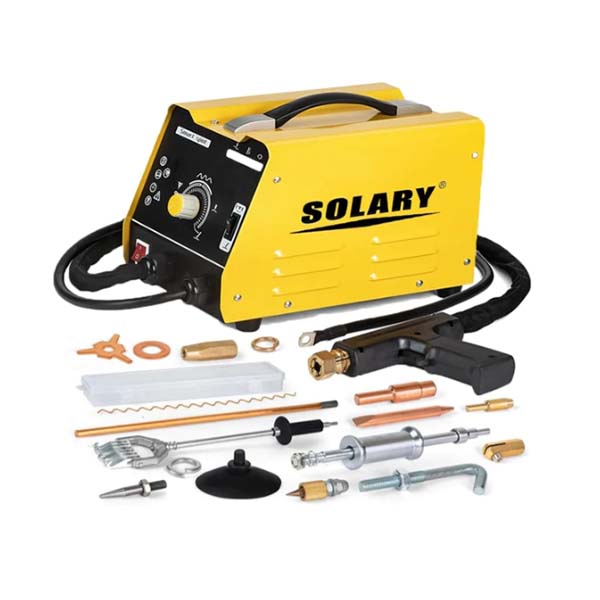Unveiling the Core Principles of Spot Welding
Spot welding is the basic process of metal processing, which is widely used in automobile, manufacturing, construction and other industries. This welding method is known for its efficiency, speed, and ability to produce a strong, reliable bond. In this blog post, we will explore the basic workings of spot welding and clarify why it is a key player in the field of metal fabrication.
The Basics of Spot Welding
At its core, spot welding is all about creating an instantaneous, localized fusion of two metal surfaces. The process involves the following 5 steps:
- Clamping the Workpieces:
The two metal workpieces to be joined are firmly sandwiched between the electrodes of the spot welder. These electrodes are usually made of copper, ensuring good electrical and mechanical contact with the workpiece.
- Applying Pressure:
The electrodes of the spot welder apply enormous mechanical pressure to hold the two workpieces firmly together.
- Current Flow:
When the workpiece is clamped and pressured, the spot welder briefly passes an electric current through the electrode and into the workpiece. The current meets resistance and produces intense heat.
- Resistance Heating:
Resistance inside metals causes them to heat up quickly. The temperature rises to the point where the metal is melted or partially melted.
- Rapid Cooling:
As soon as the desired temperature is reached, the current is discontinued, but the electrodes maintain the pressure. The molten metal rapidly cools and solidifies, effectively welding the two workpieces together.

Advantages of Spot Welding
The efficiency and effectiveness of spot welding make it a popular choice for many applications.Key advantages include:Speed: Spot welding speed is fast, usually less than one second to complete the welding.
Consistency: The process is highly repeatable and produces consistent and reliable welds.Strength: Spot welded joints are known for their strength and durability.
Minimum deformation: Spot welding minimizes the deformation of the workpiece and maintains its original shape.Clean and environmentally friendly: Spot welding produces minimal fumes or by-products, making it an environmentally responsible option.
Spot welding is a powerful connection technology based on basic principles. Its ability to effectively create strong, consistent bonds makes it indispensable in industries where metal fabrication and repair are prevalent. Whether you're looking at a car assembly line or a home appliance, you're likely to spot the iconic signs of spot welding, a testament to the enduring importance of this welding method in today's manufacturing landscape.
